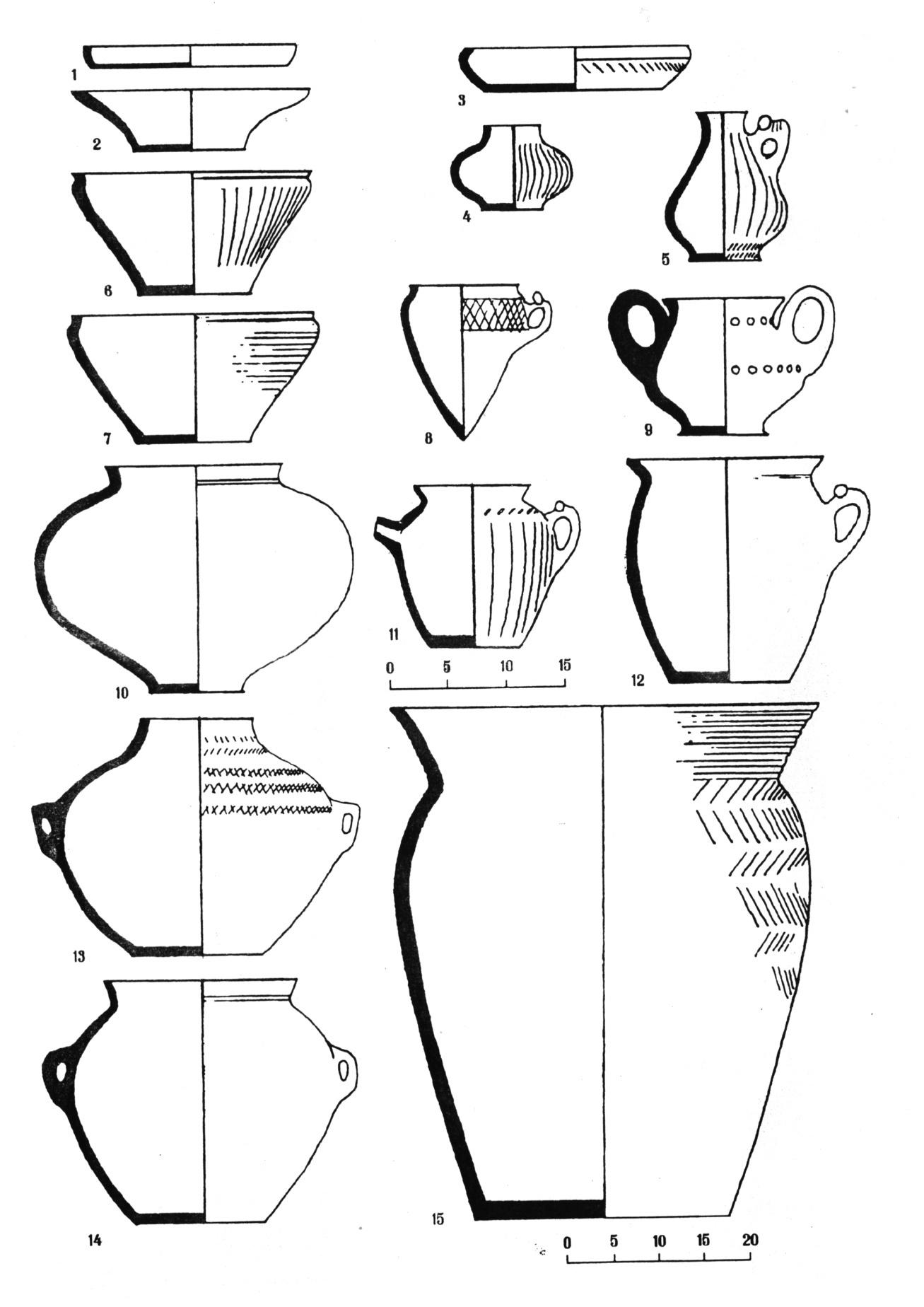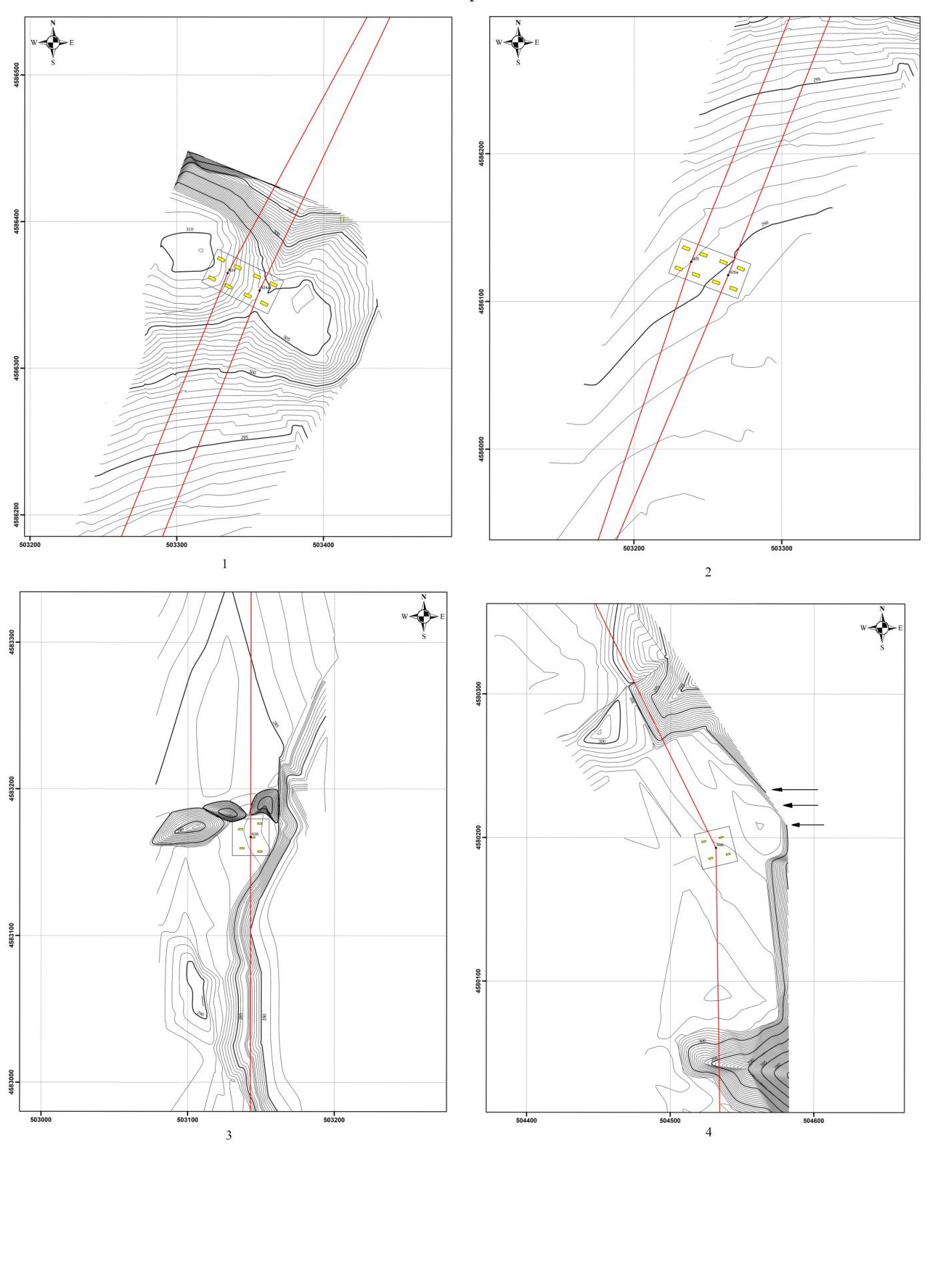Giorgi Gogochuri, Vakhtang Shatberashvili Georgian National Museum (Georgia, Tbilisi) Painted Pottery from Norio Settelment Summary The Norio settlement (located near Tbilisi, on the mountain range of Ialno) was excavated by the expedition of GNM O. Lordkipanidze Archaeological Institute in 2018. The settlement was built on the terraces. The remains of 36 half-dug dwellings were revealed here. The floors were plastered with clay, and the roofing should be flat. In the interior bakeries, altars built from stone, and storage pits were attested. According to the archaeological material the settlement can be dated to the 4th- 3rd cent. BC. The article refers to the painted pottery found at the site. It should be noted, that such pottery is one of the most interesting, important and also characteristic artifacts for the mentioned epoch (during this period it was spread so widely, that it is often referred to the painted pottery). The vast majority of painted ware of this period is monochromic - red or white painted, rarely there are some black painted ones, as to polychromic examples they seem to be very rare (several examples from Nastagisi and Tsikhiagora). The painted pottery from Norio is a good exception: here we have all of listed examples. Red painted pottery. 102 fragments of red painted pottery were revealed at the site. Most of them were made of high quality clay, and the painting was coated on the polished surface. The vessels decorated by triangles are represented by the triangles with their points up. Some triangles are filled with triangles (fig. I 1,2,3,7), others with net-like ornament (fig I 4), in addition these vessels are decorated with the ornament of secondary importance – dots, horizontal lines, zig-zags. The vessels decorated with painted triangles from Georgia are dated to the 4th century BC. The vessels decorated with colored triangles (figs. I, 5,6; II 3) seem to belong to the 4th- 3rd cent. BC. The fragment of the big vessel is decorated in two rows: the upper row is painted with colored triangles with coniferous edges. The lower row is decorated with the same ornament, and triangles filled with the herringbone ornament (fig. II 1). The fragment of the jug is also painted in two rows (fig. I 8) and bear the stylistic features of so called Samadlo style, which is dated to the 4th-3rd cent BC. The fragments of vessels partially painted with red color (fig. III 5) or decorated by only horizontal lines (fig. III 1-4) belong to the Kazreti Style, which is usually painted on the rough surface and is more characteristic for the late Hellenistic period. This ornament from Norio vessels is coated on the polished surface, which is why they belong to the 4th-3rd cent BC. White painted pottery. 491 fragments of white painted pottery was found at the site. Most are made of high quality clay and covered with the thin engobe. The ornament is simple: it is represented by horizontal, paralel lines. In addition, some have incised wawe-like lines and oblique notches (figs. V, VI). It is believed that such pottery appeared first on the territory of Kakheti ( where it was in use from the 4th c BC to the 4th century AD) and after that in Kartli, where it was brought from Kakheti during the 4th-3rd centuries and manufactured at the place in the 2nd-1st centuries BC. Black painted pottery. 5 pieces of black painted pottery were revealed at Norio settlement. The painting is coated on the smooth, but not engobed surfaces of big vessels - jars or pythoses. Here we can see a circle(fig. VII4), two paralel lines crossing other two ones (fig.
135


















